In today’s fast-paced digital world, e-commerce has emerged as a powerhouse for businesses. Dropshipping, in particular, has gained popularity as an efficient way to start an online retail venture with minimal upfront investment.
However, succeeding in the competitive landscape of e-commerce requires more than just a website and a few products. This is where social media marketing for dropshippers comes into play.
Can Social Media Marketing Benefit Your Dropshipping Business?
Social media marketing is the art and science of leveraging social media platforms to connect with your audience, build your brand, increase sales, and drive website traffic.
It’s a dynamic and ever-evolving field that offers tremendous opportunities for businesses of all sizes, including dropshippers.
However, before dive into social media marketing strategies for dropshipping in particular, it’s crucial to understand how dropshipping works.
What Is Dropshipping? Should You Invest As An SME?
Dropshipping is a retail fulfillment method where a store doesn’t keep the products in stock. Instead, when a store sells a product, it purchases the item from a third party—usually a wholesaler or manufacturer—and has it shipped directly to the customer. As a result, the merchant never sees or handles the product.
Because it’s low risk, simple operation, and does not require a large amount of capital to start. Many people consider dropshipping as a side job, which is a wise choice. But it’s often not as easy as you imagine.
You don’t just need to focus on finding suppliers and promoting products, you also have many other things to deal with, such as handling delivery and return/exchange issues.
If you find it hard to handle all these parts, you can try some tools to help you. Many dropshipping apps offer expert services, from supplier selection and optimisation to order fulfillment.
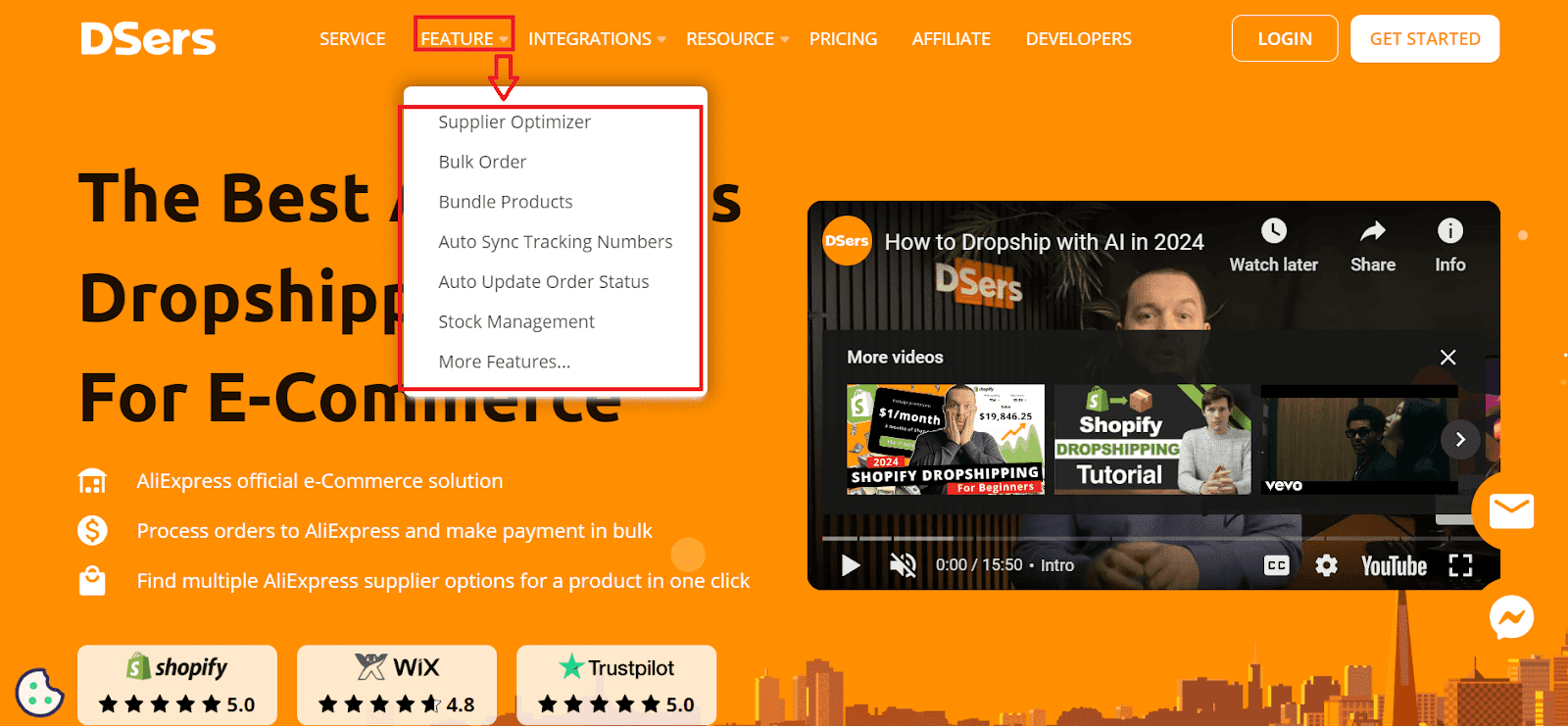
Take DSers as an example, as is shown in the picture above. By utilising a suitable tool, you can extremely save time and make transactions more effective.
Why Use Social Media for Dropshipping Marketing
- Wide Reach: Social media platforms have billions of active users, providing you with an extensive audience to tap into. You can reach potential customers globally, irrespective of your business’s size.
- Targeted Advertising: Social media platforms offer advanced targeting options, allowing you to show your ads to users who are most likely to be interested in your products. This reduces wasted ad spend and increases the chances of conversion.
- Brand Building: Social media is an excellent tool for building your dropshipping brand. Through regular posting and engagement, you can establish brand recognition and trust among your audience.
- Customer Engagement: Social media platforms enable direct interaction with your customers. You can respond to inquiries, address concerns, and build a loyal customer base through engagement.
- Cost-Effective: Compared to traditional advertising channels, social media advertising is cost-effective. You can start with a small budget and scale up as you see positive results.
Now that you understand why social media marketing is crucial for dropshippers, let’s delve into actionable strategies to harness their power effectively.
Social Media Marketing Strategies for Dropshippers
- Platform Selection: Choose the social media platforms that align with your target audience. Popular options include Facebook, Instagram, Twitter, Pinterest, and TikTok. Each platform caters to different demographics and interests.
- Content Strategy: Develop a content strategy that resonates with your audience. Create visually appealing product images, informative videos, engaging blog posts, and shareable infographics.
- Consistent Posting: Maintain a consistent posting schedule to keep your audience engaged. Use scheduling tools to plan and automate posts.
- User-Generated Content: Encourage customers to share their experiences with your products. Repost their content on your profile to build trust and credibility.
- Influencer Marketing: Collaborate with influencers in your niche to promote your products authentically. Influencers can help you reach a broader audience and provide social proof.
- Paid Advertising: Invest in paid advertising campaigns to reach a larger and more targeted audience. Monitor ad performance and adjust your strategy accordingly.
- Analytics and Insights: Leverage social media analytics to measure the performance of your campaigns. Track metrics like engagement, reach, and conversion rates to refine your strategies continually.
Getting Started With Social Media Marketing
Now that you recognise the significance of social media marketing for your dropshipping business, let’s explore how to utilise various social media platforms to your advantage effectively.
With over 2.8 billion monthly active users, Facebook is a powerhouse in the world of social media marketing.
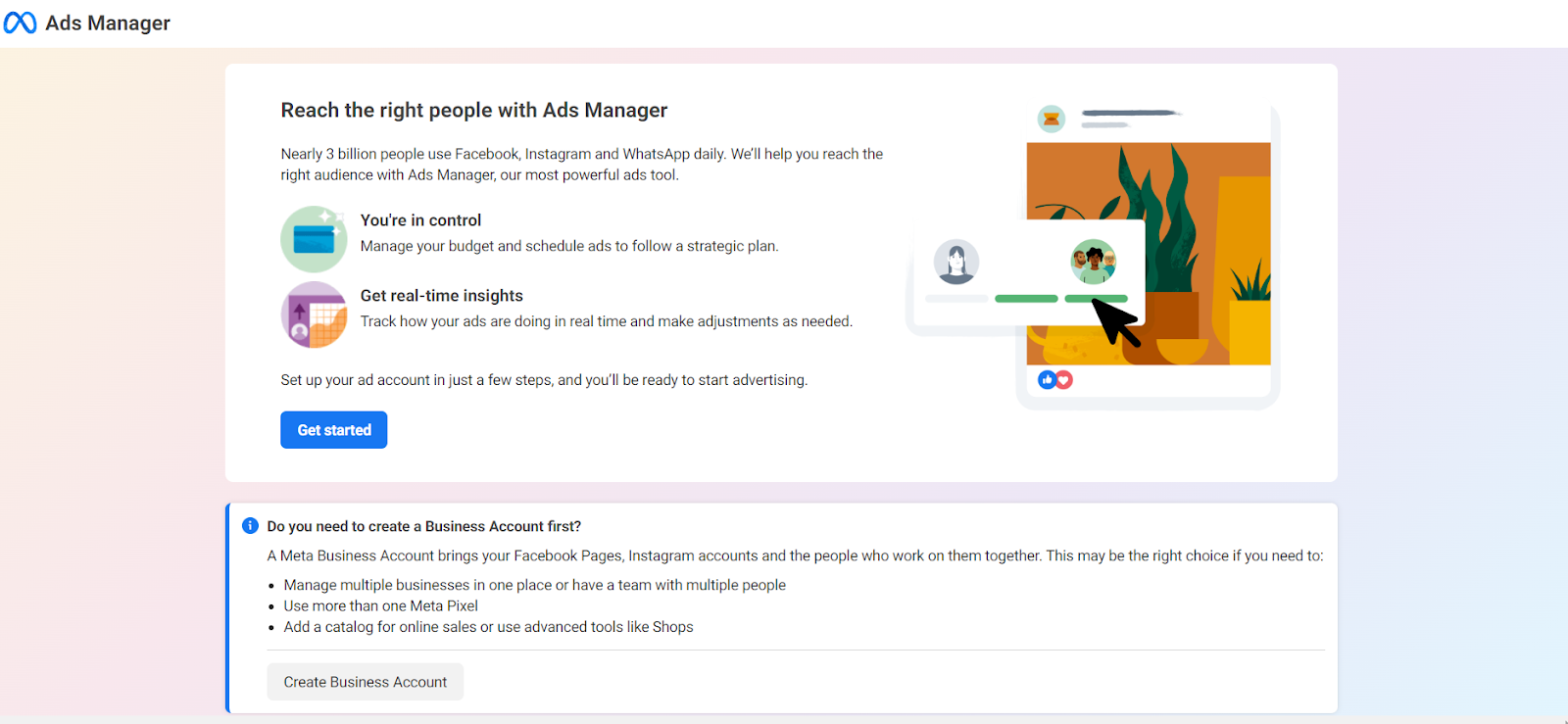
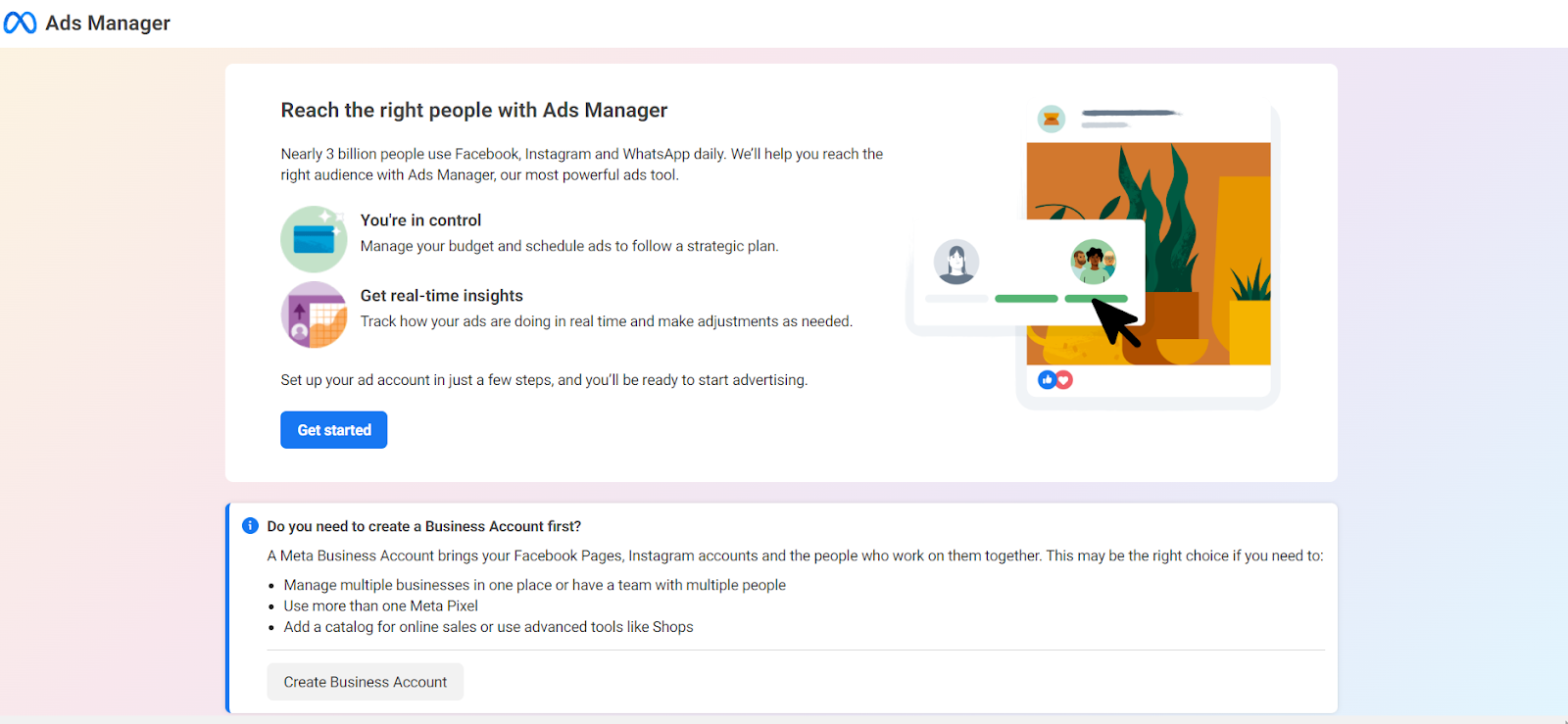
Here’s how to get started:
- Create a Business Page: Set up a dedicated Facebook business page for your dropshipping store. Ensure it includes essential information like your store’s name, logo, contact details, and a brief description.
- Engage Your Audience: Regularly post engaging content, including product updates, informative articles, and entertaining visuals. Use Facebook Insights to understand what works best with your audience.
- Leverage Facebook Ads: Utilise Facebook’s robust ad targeting options to reach potential customers based on their interests, demographics, and behaviour.
Instagram is all about visual appeal, making it ideal for showcasing your dropshipping products.
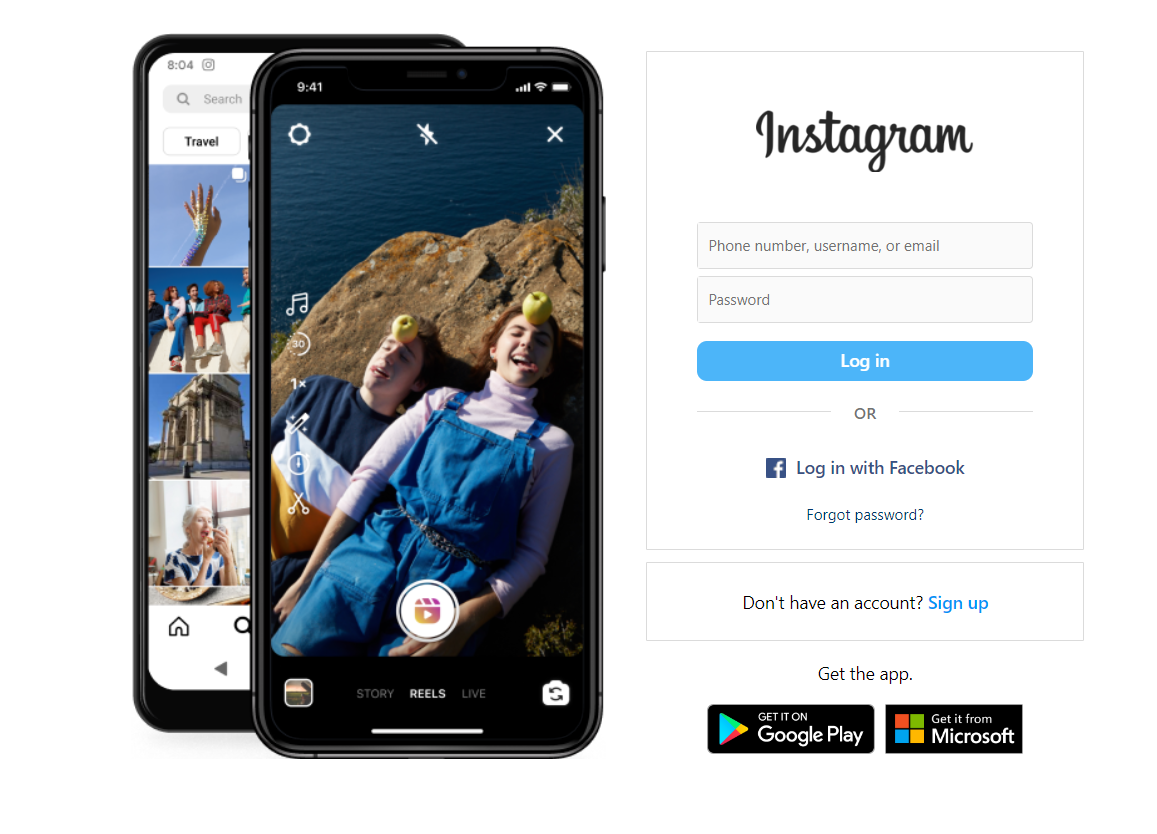

Here’s how to get started:
- Switch to a Business Profile: Convert your personal Instagram profile into a business profile to access valuable insights and additional features.
- Share High-Quality Visuals: Post high-quality images and videos of your products. Utilise Instagram Stories for behind-the-scenes content and product teasers.
- Use Hashtags: Incorporate relevant hashtags into your posts and stories to increase discoverability. Research popular hashtags within your niche.
- Collaborate with Influencers: Partner with Instagram influencers who align with your brand. Influencers can introduce your products to their followers authentically.
LinkedIn is a professional networking platform with immense potential for B2B dropshippers.


Here’s how to leverage it:
- Optimise Your Profile: Ensure your LinkedIn profile is complete and highlights your business expertise.
- Publish Content: Share insightful articles, case studies, and industry updates to establish yourself as an authority in your niche.
- Connect and Network: Connect with professionals and businesses related to your industry. Engage in meaningful conversations within LinkedIn groups.
- LinkedIn Ads: Utilise LinkedIn advertising to reach key decision-makers and businesses in your niche.
Twitter is a fast-paced platform where concise messaging is essential.
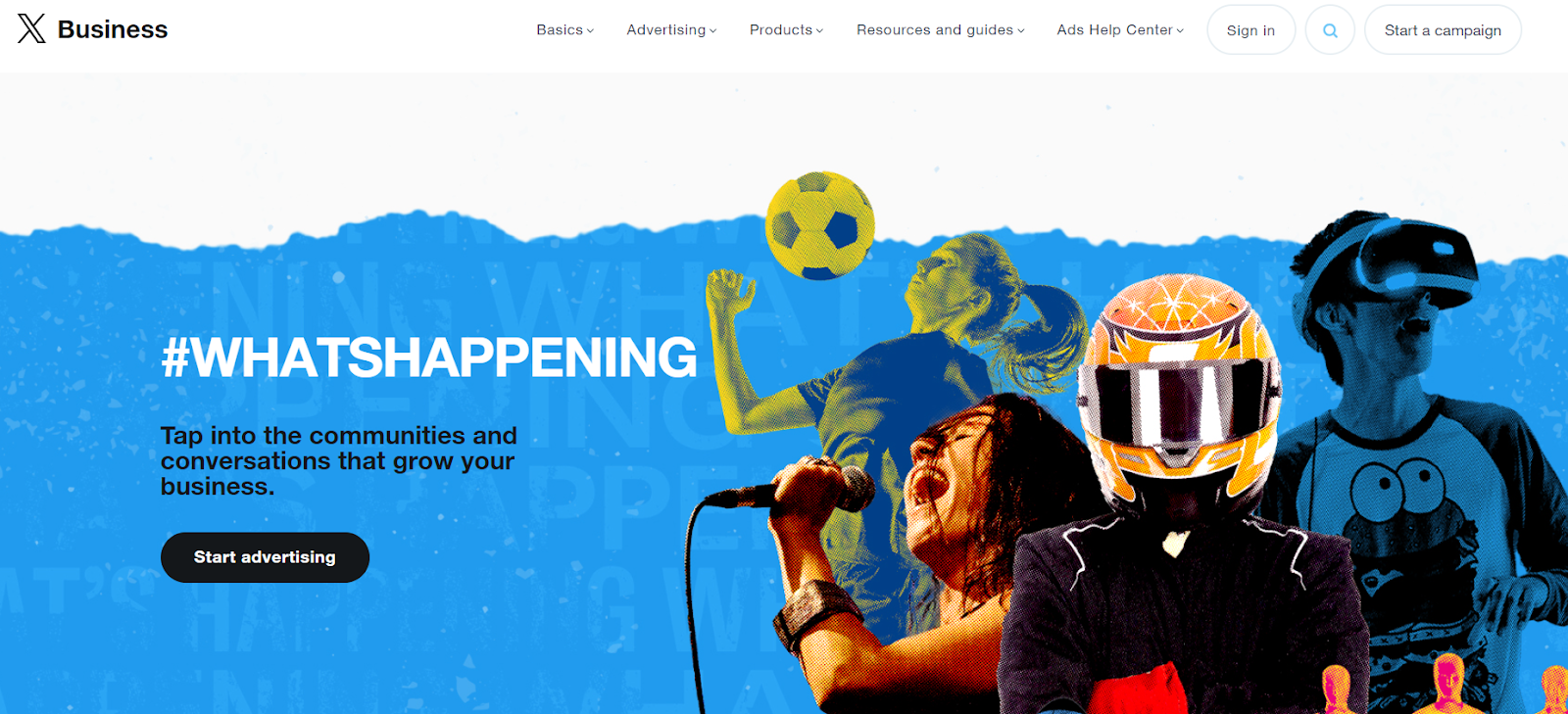
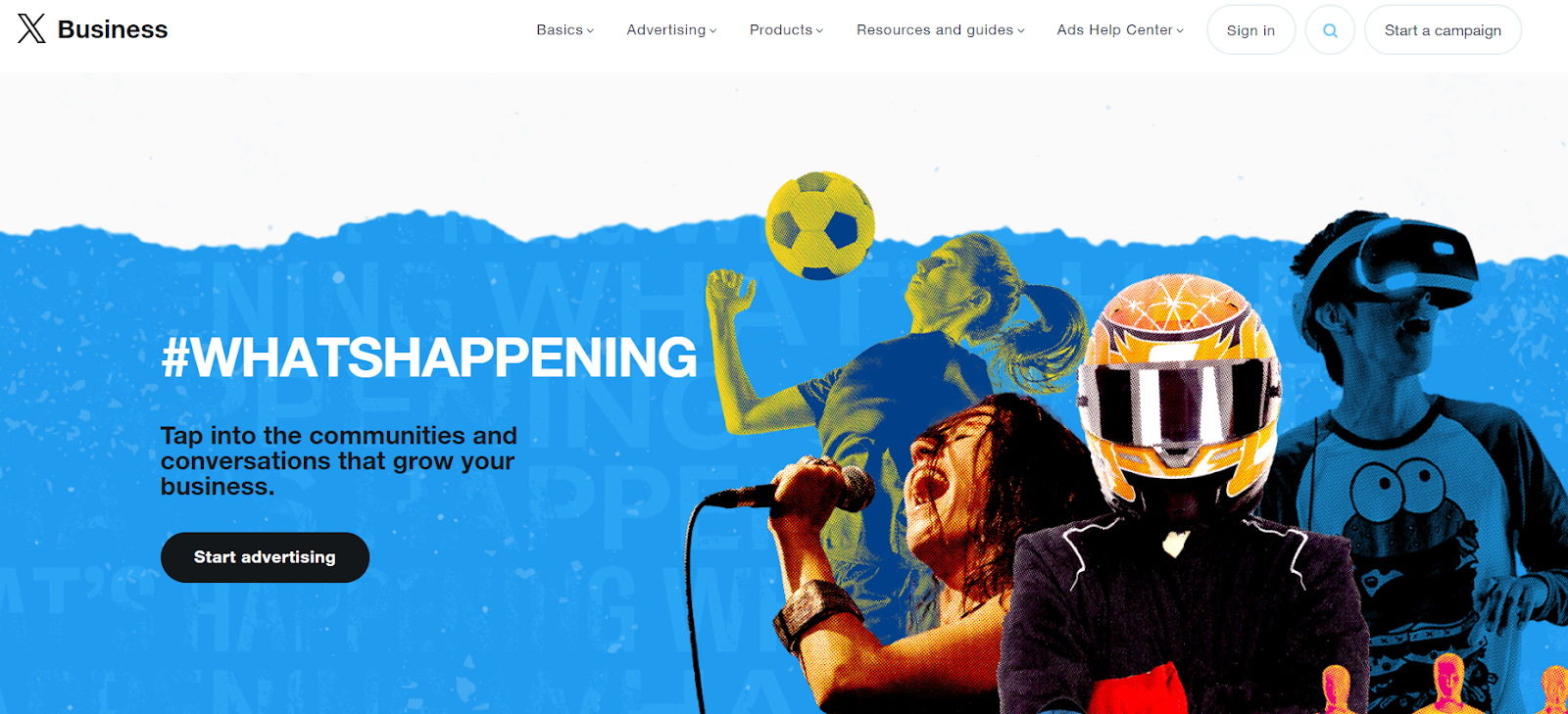
Here’s how to make the most of it:
- Create a Twitter Business Profile: Set up a Twitter business profile and include a profile picture, cover photo, and bio.
- Tweet Regularly: Tweet product updates, and industry news, and engage with your followers through replies and retweets.
- Use Twitter Ads: Consider Twitter Ads to promote your products to a broader audience. Targeting options allow you to reach users interested in your niche.
Pinterest is a visual discovery and bookmarking platform that’s perfect for showcasing products.


Here’s how to use it effectively:
- Set Up a Pinterest Business Account: Create a Pinterest business account and verify your website. This gives you access to valuable analytics.
- Create Eye-Catching Pins: Design visually appealing pins for your products. Include detailed descriptions and relevant keywords.
- Join Group Boards: Participate in group boards related to your niche. Sharing your pins on these boards can expand your reach.
YouTube
Video content is incredibly popular, making YouTube a valuable platform for product demonstrations and tutorials.

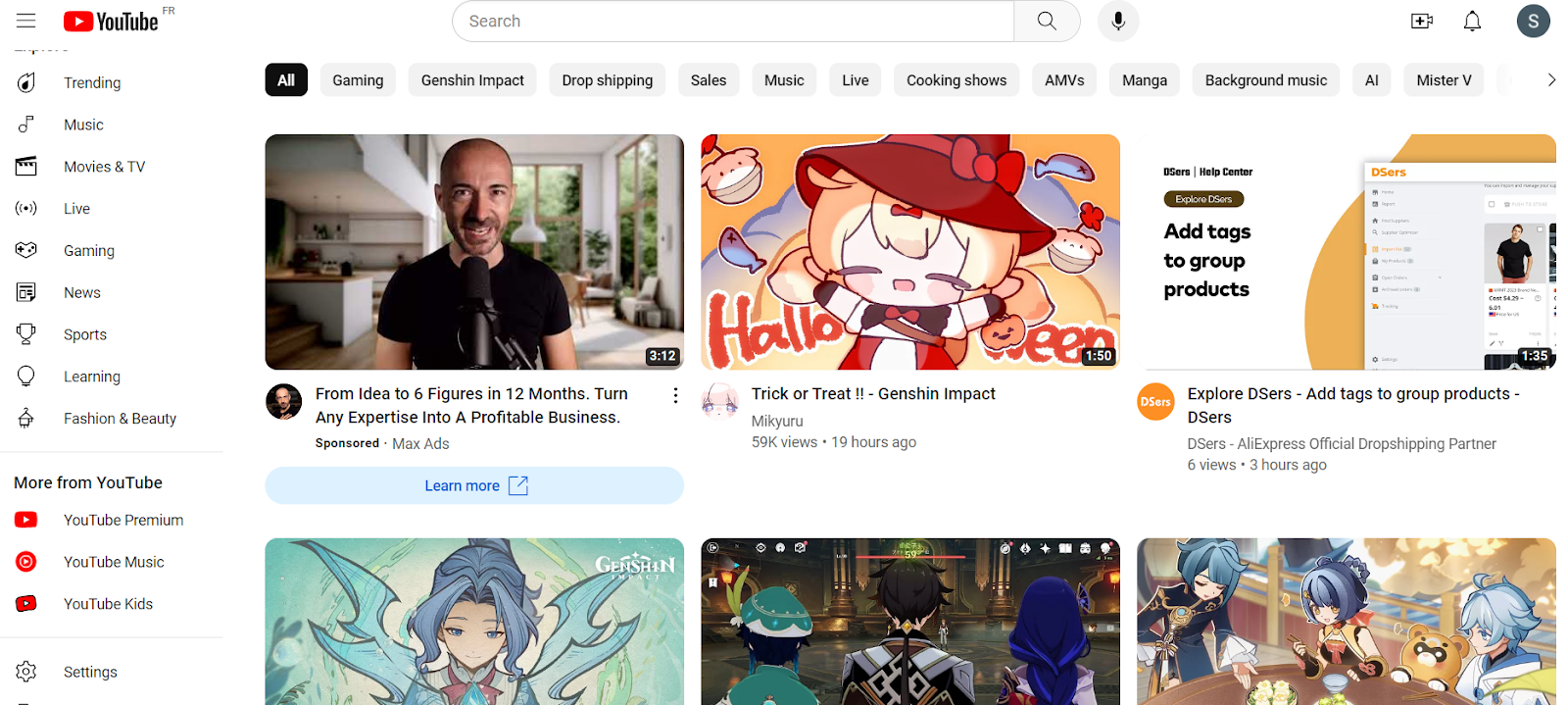
Here’s how to get started:
- Start a YouTube Channel: Create a YouTube channel dedicated to your dropshipping business. Optimise your channel with relevant keywords.
- Produce Informative Videos: Create videos that showcase your products, provide tutorials, or offer valuable information related to your niche.
- Optimise for SEO: Use relevant keywords in video titles, descriptions, and tags to improve discoverability.
TikTok
TikTok is a rising star in the social media world, especially among younger audiences.
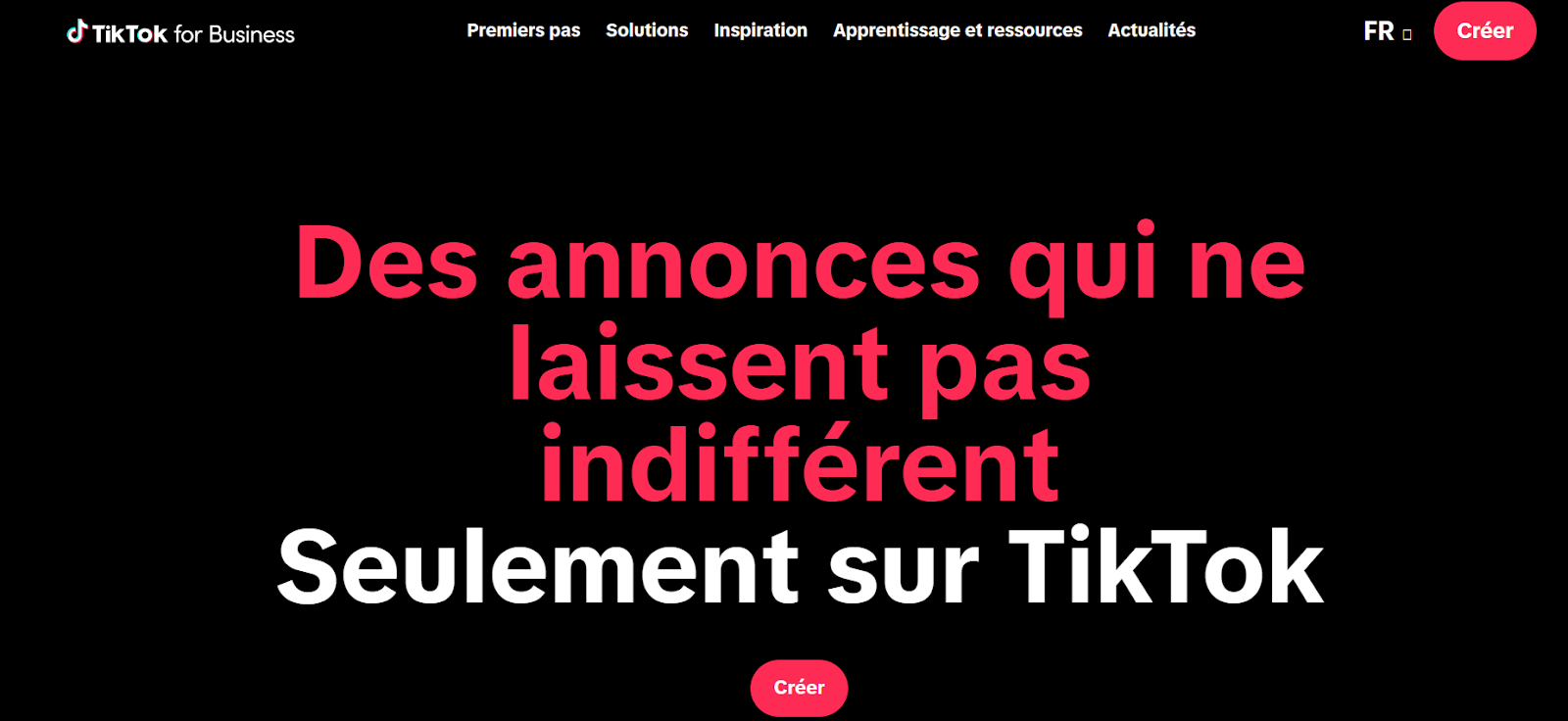
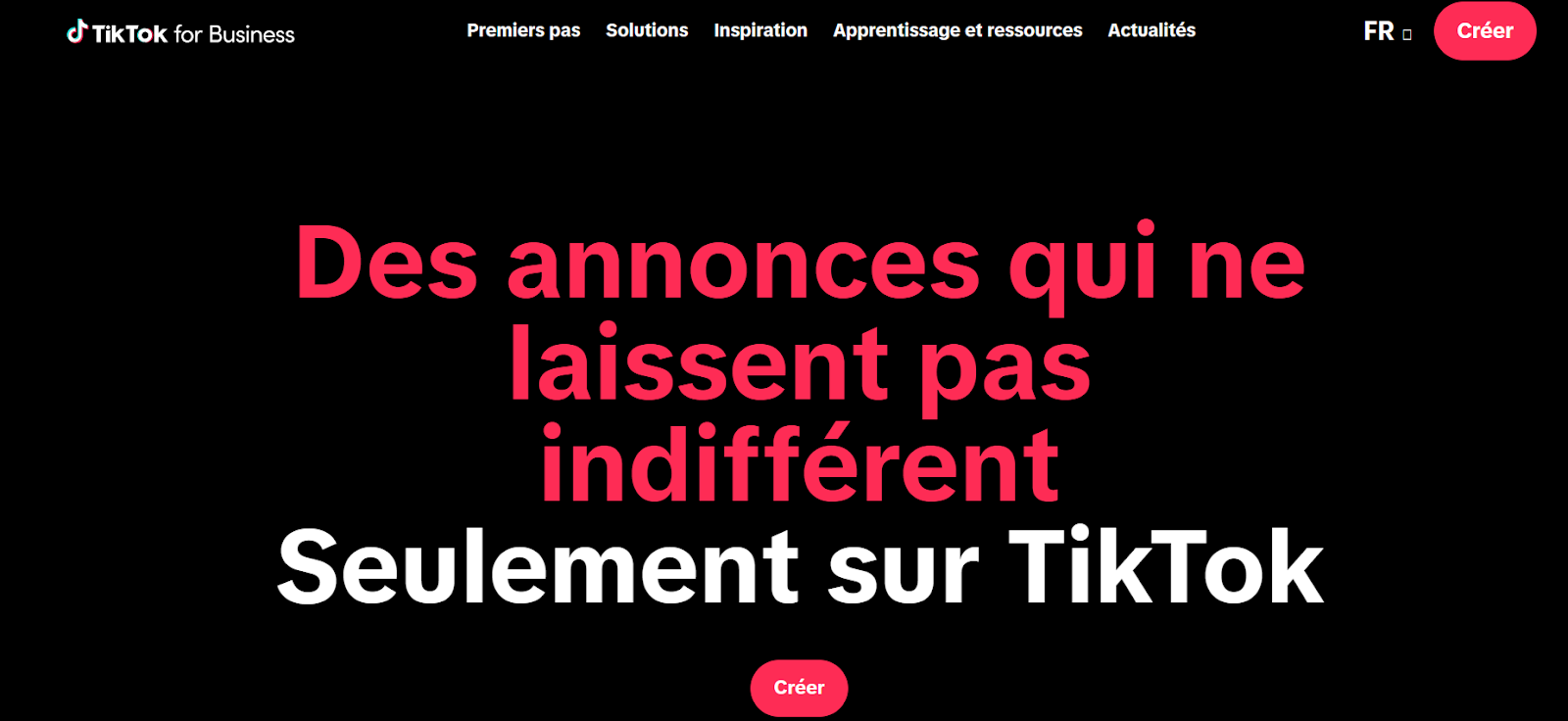
Here’s how to explore this platform:
- Create Engaging Content: Develop short, entertaining videos that highlight your products. Utilise trending sounds and challenges.
- Collaborate with TikTok Creators: Partner with TikTok influencers who can create authentic content featuring your products.
- Utilise TikTok Ads: Consider TikTok advertising to reach a broader audience. The platform offers precise targeting options.
Don’t forget that not all social media platforms may be suitable for your specific dropshipping niche. It’s essential to research and experiment with different platforms to identify which ones resonate best with your target audience. Additionally, consistent posting, engagement with your audience, and staying updated with platform-specific trends are key to social media marketing success in the world of dropshipping.
Tips for Creating Effective Social Media Marketing Content
Creating compelling and engaging social media content is crucial for the success of your dropshipping business. Here are some tips to help you craft effective content:
- Know Your Audience: Understanding your target audience’s preferences, pain points, and interests is fundamental. Tailor your content to resonate with them.
- Visual Appeal: Invest in high-quality images and graphics. Visual content tends to perform better on most social platforms.
- Consistency is Key: Maintain a consistent posting schedule to keep your audience engaged and informed.
- Utilise Videos: Videos, whether short clips or longer-form content, can capture and maintain viewer attention. Consider product demonstrations, tutorials, or behind-the-scenes glimpses.
- Tell a Story: Narratives create a deeper connection with your audience. Share the story of your brand, the journey of your products, or customer success stories.
- User-Generated Content: Encourage customers to share their experiences with your products. Repost their content (with permission) to build trust.
- Host Contests and Giveaways: These can boost engagement and increase your social media reach.
- Educational Content: Share informative content related to your niche. Establish yourself as a knowledgeable source.
- Live Streaming: Platforms like Facebook, Instagram, and YouTube offer live streaming capabilities. Host live Q&A sessions, product launches, or interactive events.
- Polls and Surveys: Engage your audience by asking for their opinions and feedback. This shows that you value their input.
Final Words
Social media marketing can significantly impact the growth of your dropshipping business. When used strategically, it allows you to reach a broader audience, engage with potential customers, and build brand awareness.
Remember that successful social media marketing is an ongoing effort. Regularly analyse your content performance, adapt to changing trends, and stay responsive to your audience’s needs and preferences.
By implementing the strategies and tips outlined in this guide, you can effectively harness the power of social media to grow your dropshipping brand, increase sales, and create a loyal customer base. Social media is not only a marketing tool but also a platform for building lasting relationships with your customers. Embrace its potential and watch your dropshipping business thrive in the digital landscape.





